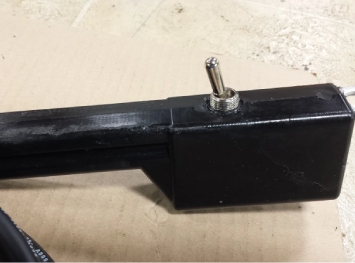Overmolding
Exposure to water, dust, oil, chemicals, movement and extreme temperature changes can damage circuitry and connections, threatening malfunction. This problem has led manufacturers to search for ways to seal electrical/electronic components from these harmful elements to help ensure reliability and stability of their products.
Low Pressure
Low Pressure Injection Overmolding is a process that molds and seals an existing part with molten thermoplastic polyamide hotmelt. They adhere to most substrates, including PVC coated wires and PCB’s with flexibility for wire strain relief applications and hardness for effective impact and vibration resistance. Material is available for a variety of applications. Low Pressure Injection Overmolding is easier, safer, faster and overall more cost effective than other traditional protective molding and sealing methods. Read More >
Silicone Overmolding
A process to produce pliable, durable parts in high volume.
Liquid silicone rubber is a high purity platinum cured silicone with low compression set, great stability and ability to resist extreme temperatures of heat and cold. It’s ideally suitable for production of parts, where high quality is a must. Due to the thermosetting nature of the material, liquid silicone injection molding requires special treatment, such as intensive distributive mixing, while maintaining the material at a low temperature before it is pushed into the heated cavity and vulcanized.
Compression
A method of molding in which the mold material, generally preheated, is first placed in an open, heated mold cavity. The mold is closed with a top force or plug member. Pressure is applied to force the material into contact with all mold areas, and heat and pressure are maintained until the molding material has cured.
Compression molding is a low to medium volume, high-pressure method suitable for molding complex, high-strength reinforcements.
The three compression molding factors — pressure, temperature and time the mold is closed — vary with the design of the finished article and the material being molded
*Please note that the photos and capabilities shown are a brief representation of what we do here.




